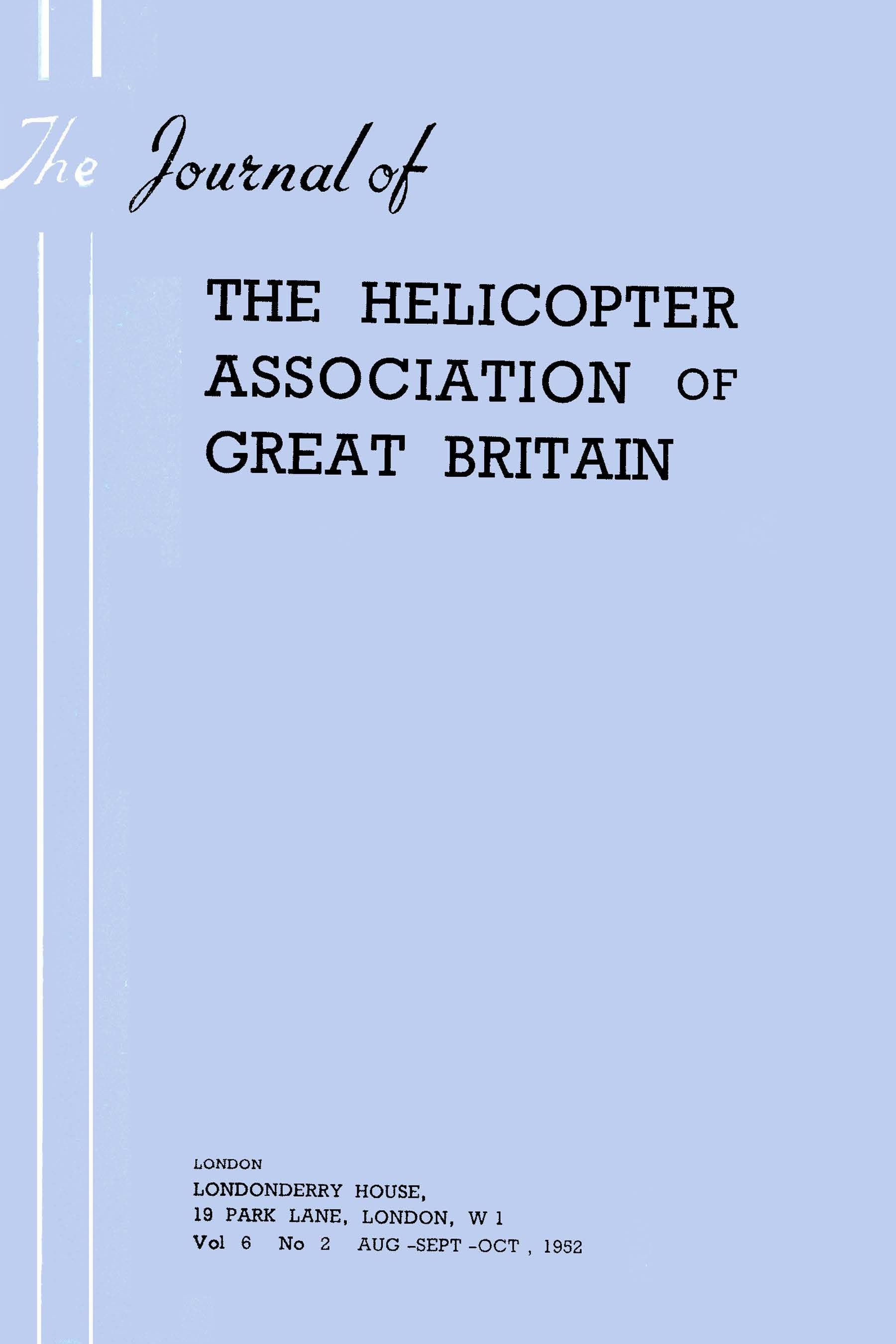Article contents
‘A Theoretical Approach to some Rotor Blade Flutter and Forced Vibration Problems’
Published online by Cambridge University Press: 26 October 2023
Extract
A method for predicting the flutter boundaries of a helicopter rotor blade is developed which is intended to provide
(a) an illustration of the effects of fundamental characteristics of the blade on the flutter boundaries, e g, mass axis location, flexural axis location, stiffness of control circuit, etc
(b) a basic approach which may be developed and expanded to provide more detailed representation of any particular blade problem For example, in addition to giving the flutter boundaries for the blade, the equations in the form presented could be used to determine the response of the rotor blade to force distributions which are simple harmonics of the rotor angular velocity Another example is given at the end of this report in which the familiar blade resonance diagram is obtained for the torsion and flapping modes considering dynamic and stiffness properties only, and then again for the blade including the effect of aerodynamic damping
- Type
- Cierva Memorial Essay Competition, 1957
- Information
- The Journal of the Helicopter Association of Great Britain , Volume 12 , Issue 6 , December 1958 , pp. 282 - 307
- Copyright
- Copyright © Royal Aeronautical Society 1958
References
- 1
- Cited by


